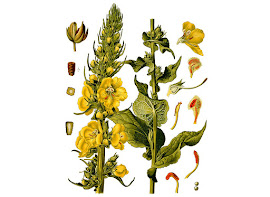I have been seeing some information on this subject & thought it was very interesting, so I started researching and here we are!! Amino acids are the basic building blocks of our bodies and we all need them to function properly. They are organic compounds. The key elements are carbon, hydrogen, oxygen & nitrogen. About 500 naturally occurring amino acids are known about, though only 20 appear in the genetic code.
They are often referred to as the building blocks of proteins. Needed for vital processes such as building of proteins, synthesis of hormones & neuro-transmitters, tissue growth, energy production, immune function & nutrient absorption. The body needs 20 different amino acids to grow & function properly, although only 9 are classified as essential. The non-essential amino acids can be made by the body.
Foods that contain all 9 essential amino acids are referred to as complete proteins: meat, seafood, dairy, poultry &eggs. There are plant based proteins, yet they contain all 9 essential amino acids: soy, quinoa & buckwheat.
Symptoms of low level amino acids can be irritability, poor concentration, fatigue, depression, hormonal imbalances just to name a few.
The 9 essential amino acids that can not be produced by the body are: histidine, isoleucine, leucine, lysine, methionine, phenylalanine, threonine, valine & tryptophan.
*Phenylalanine: plays an integral role in the production of proteins & enzymes & the production of other amino acids.
*Valine: helps stimulate muscle growth & regeneration & is involved in energy production.
*Theronine: principal part of structural proteins such as collagen & elastin. Also play a role in fat metabolism & immune function.
*Tryptophan: needed to maintain proper nitrogen balance & a precursor to serotonin.
*Methionine: necessary for tissue growth & the absorption of zinc & selenium. Also important for metabolism & detoxification.
*Leucine: critical for protein synthesis & muscle repair. Also helps regulate blood sugar levels, stimulates wound healing & produces growth hormones.
*Isoleucine: involved in muscle metabolism & is heavily concentrated in muscle tissue. It's also important for immune function, hemoglobin production & energy regulation.
*Lysine: plays a major role in protein synthesis, absorption of calcium, hormone & enzyme production, energy & immune function and the production of collage & elastin.
*Histidine: used to produce histamine, a neurotransmitter vital to immune response, digestion, sexual function & sleep-wake cycles. Critical for maintaining the myelin sheath which is a protective barrier that surrounds the nerve cells.







